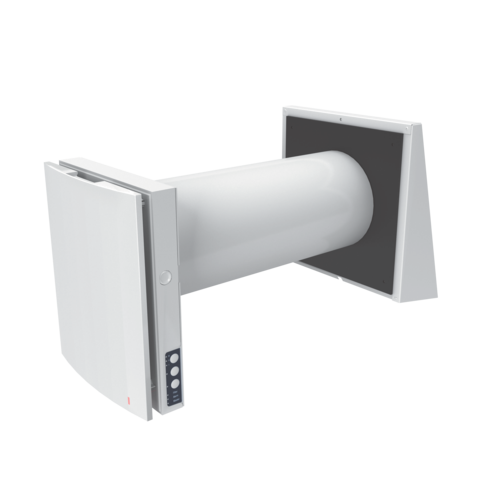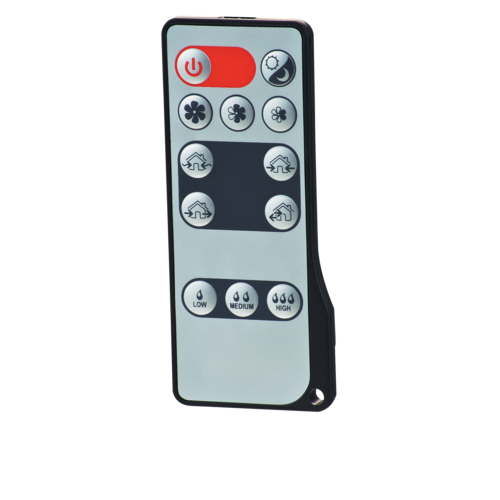Nano Air®² Classic
Ventilation double flux
Nano Air®² Classic
Ventilation double flux
La solution innovante de ventilation double flux pièce par pièce qui combine air plus sain, préservation du bâtiment et économies de chauffage.

Nano Air®² Classic
Solution de ventilation double flux compact intégré dans le mur pour assurer la ventilation de la pièce. Équipé d'un échangeur céramique, il permet le renouvellement d'air et la récupération des calories pour insufflé un air neuf, pré-chauffé et filtré et extraire l'air vicié.

Les + produits
- plus facile à installer : aucune installation de conduits dans la maison.
- plus de silence : niveau sonore exceptionnellement bas.
- plus d’air purifié : grâce à son système de filtres efficaces contre les poussières, pollens et insectes.
En mode Récupération de chaleur, le Nano Air®² Classic alterne deux cycles de 70 secondes chacun.
- Cycle I : L’air chaud vicié est extrait de la pièce.
- Cycle II : L’air neuf aspiré à l’extérieur et filtré rentre dans la pièce.
- 3 modes de vitesse disponibles.
- débit de 14 m3/h à 54 m3/h.
- 2 filtres Pollens.
- moteur EC.
- accumulateur de chaleur en céramique, rendement jusqu'à 88 %.
-
pilotage à l'aide d'une télécommande ou des boutons sur le produit :
- en manuel, avec les commutateurs à trois positions offrant des fonctionnalités de base,
- avec la télécommande, pour un contrôle plus précis (mode nuit, paramètres d'humidité).
- face réglable pour ajustement du flux d'air > volet de protection contre les reflux d'air lors que l'unité est arrêtée
-
limite de température de service :
- température ambiante de -20 °C à +50 °C, humidité relative jusqu'à 80 %.
- garantie 2 ans.
- un trou rond de diamètre 180 mm doit être percé dans le mur afin de monter le Nano Air®² Classic.
- le conduit d’air se fixe dans le mur à l’aide des cales en polystyrène fournies et de mousse de montage.
- l’extrémité télescopique du conduit d’air doit permettre l’installation de la grille de ventilation extérieure.
- le conduit d’air doit suivre une pente minimale de 3 mm du côté du mur extérieur.





